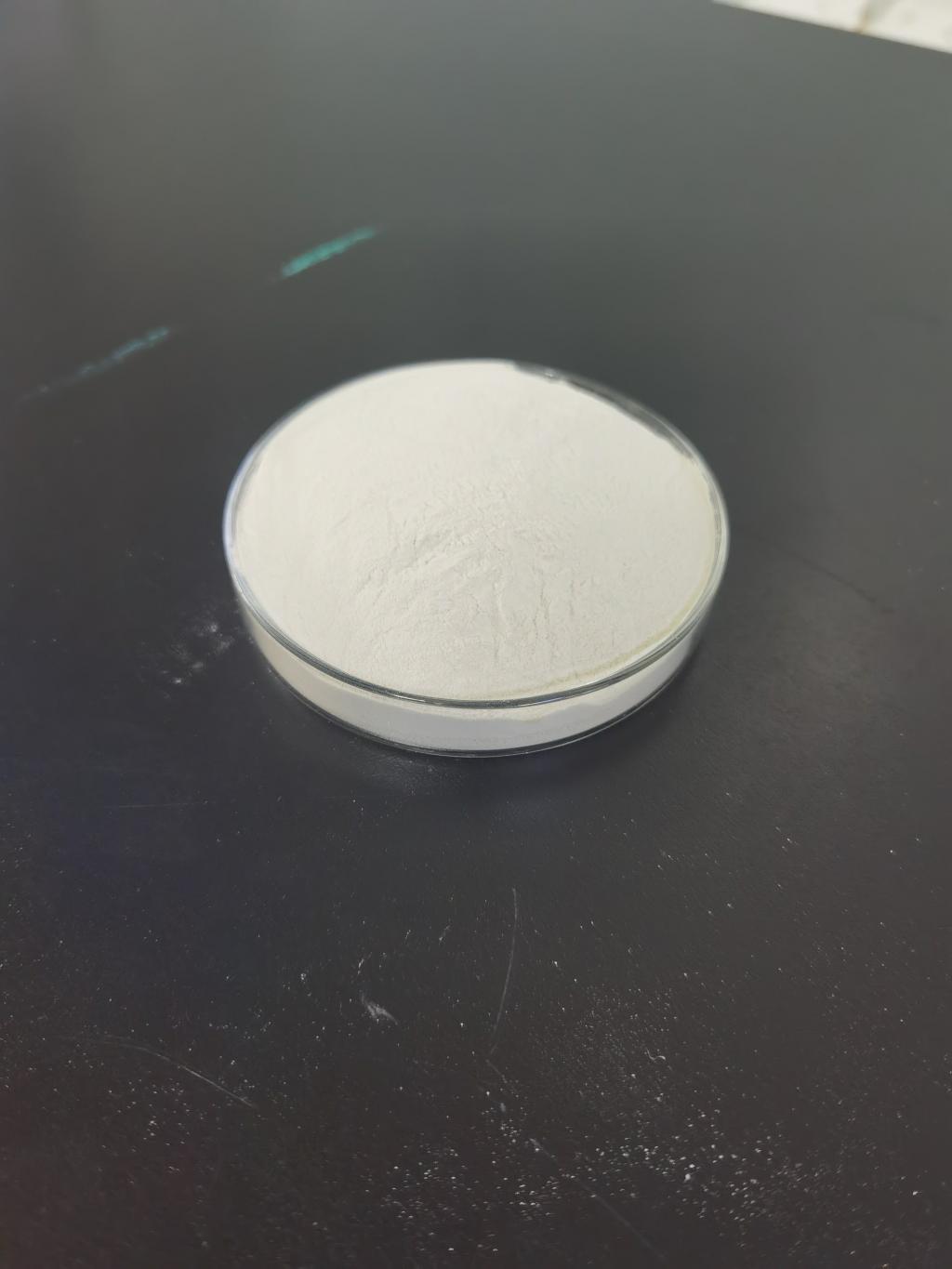Tel:+8618231198596

News
 CONTACT
CONTACT
 CONTACT
CONTACT
- Linkman:Linda Yao
- Tel: +8618231198596
- Email:linda.yao@dcpharma.cn
- Linkman:CHARLES.WANG
- Department:Overseas
- Tel: 0086 0311-85537378 0086 0311-85539701
News
Nisin's Synergy with Modern Food Packaging Techniques
TIME:2024-01-11
1. Introduction:
The integration of advanced food packaging techniques with innovative preservation methods has become a focal point in the food industry. Traditional packaging, while effective in providing a physical barrier, often falls short in addressing microbial contamination and spoilage. Nisin, with its natural antimicrobial properties, presents an exciting opportunity to enhance the efficacy of modern packaging, providing a dual-layered defense against deteriorative factors.
2. Nisin's Antimicrobial Properties:
Natural Origin and Production:
Nisin is a naturally occurring antimicrobial peptide produced by certain strains of bacteria, notably Lactococcus lactis. Its production involves fermentation processes, aligning with the industry's growing interest in sustainable and natural preservation methods.
Mechanism of Action:
Nisin exerts its antimicrobial effects by disrupting the cell membranes of target bacteria, leading to cell death. This mechanism complements the physical barrier provided by packaging materials, creating a more robust defense against microbial contamination.
3. Modern Food Packaging Techniques:
Active Packaging:
Active packaging involves the incorporation of substances with specific functions into the packaging material. Nisin's antimicrobial properties make it an ideal candidate for active packaging, where it can be integrated into films, coatings, or sachets to actively inhibit the growth of spoilage and pathogenic microorganisms.
Modified Atmosphere Packaging (MAP):
MAP involves adjusting the gaseous composition within the package to slow down the deterioration of food products. Nisin can enhance the effectiveness of MAP by preventing microbial growth, reducing the risk of spoilage, and maintaining the desired atmosphere for extended periods.
Nanotechnology in Packaging:
The use of nanomaterials in packaging has opened new possibilities for enhancing both the barrier properties and functionality of packaging materials. Nanocarriers loaded with Nisin can be designed to release the antimicrobial peptide gradually, ensuring a sustained protective effect throughout the product's shelf life.
4. Synergy Between Nisin and Packaging Techniques:
Extended Shelf Life:
The primary objective of combining Nisin with modern packaging techniques is to extend the shelf life of food products. By addressing both physical and microbial threats, this synergy helps reduce food waste and enhances the economic viability of food production.
Improved Food Safety:
The antimicrobial action of Nisin, when integrated into packaging, acts as a preventive measure against contamination. This can be particularly crucial in ready-to-eat foods and perishable items where the risk of pathogenic bacteria is high. The combination of Nisin and advanced packaging contributes to enhanced food safety throughout the supply chain.
Sustainability:
The use of Nisin aligns with the industry's increasing emphasis on sustainability. As a natural peptide derived from fermentation, its integration with eco-friendly packaging materials contributes to reducing the environmental impact of food packaging.
5. Challenges and Considerations:
Regulatory Compliance:
The incorporation of Nisin into food packaging raises regulatory considerations. Ensuring compliance with existing regulations and obtaining approval from regulatory bodies is essential to the successful implementation of this technology.
Optimal Concentrations:
Determining the optimal concentration of Nisin in packaging materials requires careful consideration. Too little may not provide adequate protection, while excessive amounts may affect the sensory attributes of the packaged food.
Potential Interactions:
The compatibility of Nisin with various packaging materials and its potential interactions with other components in the packaging matrix need thorough evaluation. Ensuring stability and maintaining the desired release kinetics are critical factors for success.
6. Case Studies and Success Stories:
Several case studies and success stories illustrate the practical application of Nisin in conjunction with modern packaging techniques. Examples from the dairy, meat, and bakery industries showcase the versatility and effectiveness of this synergistic approach.
7. Future Outlook:
The integration of Nisin with modern packaging techniques represents a dynamic field with vast potential for innovation. Future research may focus on optimizing formulations, exploring novel delivery systems, and addressing specific challenges associated with different food categories.
8. Conclusion:
The synergy between Nisin and modern food packaging techniques holds tremendous promise in revolutionizing the landscape of food preservation. By combining the natural antimicrobial properties of Nisin with the advancements in packaging technologies, the industry can achieve a holistic approach to food safety, quality, and sustainability. As research and development in this field progress, the integration of Nisin into packaging materials is poised to become a mainstream solution, contributing to the creation of a more resilient and environmentally conscious food supply chain.
- Tel:+8618231198596
- Whatsapp:18231198596
- Chat With Skype







